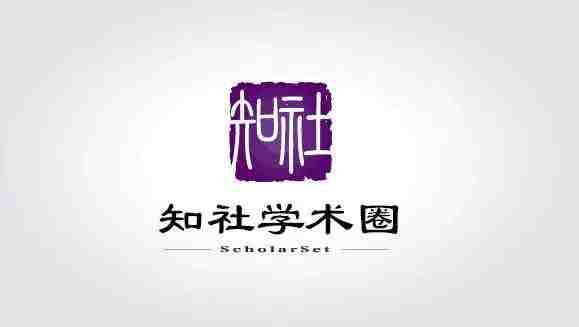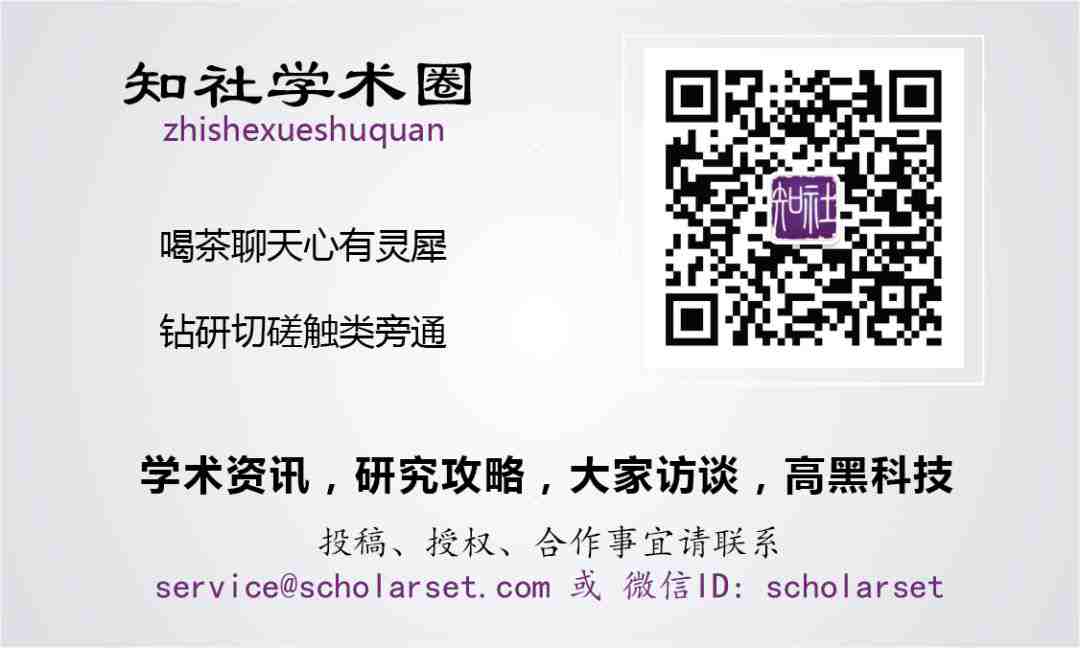npj:状态方程哪个好,密度泛函去寻找

海归学者发起的公益学术平台
分享信息,整合资源
交流学术,偶尔风月

虽然对固体的能量体积EOS进行过一个多世纪的理论发展和实验验证,但对于哪个方程最优、哪个度量方式最适合作出判断,学术界仍没有共识。现在,来自加州大学伯克利分校和劳伦斯伯克利国家实验室的研究团队,想设法找到能适合各种条件的最佳热力学状态方程。作者采用DFT计算模拟多个指标,评估了8种不同EOS的拟合质量,这8种EOS来自87种元素和文献报道的100多种化合物,并将它们与最常用的状态方程拟合。结果发现并不存在所谓“最佳”的EOS,但发现其中的Birch、Tait和Vinet 3个方程显示出与计算点偏差最小,同时与实验数据也拟合得很好。此外,我们发现对于聚合数据集来说,无论是金属、绝缘体还是半导体,RMSrD与化合物的性质并没有强相关性,也不与各EOS的体模量相关,说明单一方程即可应用于广泛的材料领域。
该文近期发表于npj ComputationalMaterials 4: 40(2018),英文标题与摘要如下,点击左下角“阅读原文”可以自由获取论文PDF。

Evaluation of thermodynamic equations of state across chemistry and structure in the materials project
Katherine Latimer, Shyam Dwaraknath, Kiran Mathew, Donald Winston & Kristin A. Persson
Thermodynamic equations of state (EOS) for crystalline solids describe material behaviors under changes in pressure, volume, entropy and temperature, making them fundamental to scientific research in a wide range of fields including geophysics, energy storage and development of novel materials. Despite over a century of theoretical development and experimental testing of energy–volume (E–V) EOS for solids, there is still a lack of consensus with regard to which equation is indeed optimal, as well as to what metric is most appropriate for making this judgment. In this study, several metrics were used to evaluate quality of fit for 8 different EOS across 87 elements and over 100 compounds which appear in the literature. Our findings do not indicate a clear “best” EOS, but we identify three which consistently perform well relative to the rest of the set. Furthermore, we find that for the aggregate data set, the RMSrD is not strongly correlated with the nature of the compound, e.g., whether it is a metal, insulator, or semiconductor, nor the bulk modulus for any of the EOS, indicating that a single equation can be used across a broad range of classes of materials.

扩展阅读
本文系网易新闻·网易号“各有态度”特色内容
媒体转载联系授权请看下方

最新评论
推荐文章
作者最新文章
你可能感兴趣的文章
Copyright Disclaimer: The copyright of contents (including texts, images, videos and audios) posted above belong to the User who shared or the third-party website which the User shared from. If you found your copyright have been infringed, please send a DMCA takedown notice to [email protected]. For more detail of the source, please click on the button "Read Original Post" below. For other communications, please send to [email protected].
版权声明:以上内容为用户推荐收藏至CareerEngine平台,其内容(含文字、图片、视频、音频等)及知识版权均属用户或用户转发自的第三方网站,如涉嫌侵权,请通知[email protected]进行信息删除。如需查看信息来源,请点击“查看原文”。如需洽谈其它事宜,请联系[email protected]。
版权声明:以上内容为用户推荐收藏至CareerEngine平台,其内容(含文字、图片、视频、音频等)及知识版权均属用户或用户转发自的第三方网站,如涉嫌侵权,请通知[email protected]进行信息删除。如需查看信息来源,请点击“查看原文”。如需洽谈其它事宜,请联系[email protected]。